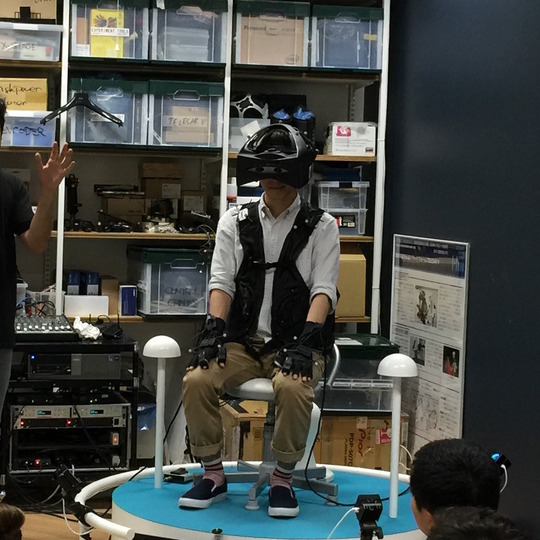
Report: “SummerCulture 2016” Japan: A nation of conflicting images and realities Jia YANG
- Time and Date:
- June 14 (Tue.) to June 26 (Sun.), 2016
- Venue:
- Tokyo, Japan
- Organized by
- the “Information & Media” Unit, The Educational Project 4 “Producing Multicultural Communities,” Integrated Human Sciences Program for Cultural Diversity, The University of Tokyo
To design a course about “Japan” is a rather difficult undertaking, not to mention the obstacles of making this course a two-week intensive program. Nonetheless, thanks to the great effort put by Prof. Kaori Hayashi, Prof. Yujin Yaguchi and staff members of IHS Program Project 4, I had a wonderful opportunity to participate in this intellectual stimulating SummerCulture 2016 program with the faculty members and PhD students of the University of Pennsylvania as well as my fellow UTokyo students during the last two weeks of June.
One of the various merits of this summer program is the broad coverage of varying aspects of Japanese society. From Japanese indigenous religion to the ever-changing media landscape in Japan to the politic and economic implications of the coming Tokyo Olympics and to the construction of wartime memory in Japan, my perception of Japan was broadened in a very dynamic way. On the one hand, this series of lectures enabled me to probe into wider aspects of Japanese society, hence contesting my previous perception of this country and opened up my mind. For example, the lecture by Prof. Koichi Nakano on the topic of Japanese civil activism really challenged my understandings of the state of activism in Japan. Before participating in this lecture, I heard a lot from my Japanese acquaintances about how they dislike politics. The data and information given by mass media also indicate Japanese people are less and less enchanted with politics and public affairs. Therefore, I have pictured Japanese people as political indifferent in my mind. However, by introducing the SEALDs activities and other civil protest events, Prof. Nakano demonstrated a different picture to me with Japanese citizens actively participating in various kinds of civil activism. According to Prof. Nakano, emerging against the backdrop of the nuclear crisis in Japan, civil activism became a way for people to show their concerns about the public affair issues. In contrast to the traditional image of protests, the protests held by the new activisits are not as brutal and hostile as people would generally imagine. Besides, Prof. Nakano mentioned a growing awareness with the society – rather than letting the noisy minority to represent them, the majority wants to represent and express themselves now. All these facts and changes about people’s evolvement with civil activism challenged my stereotyped image of the Japanese people and hence made me more informed with the society I am living in.
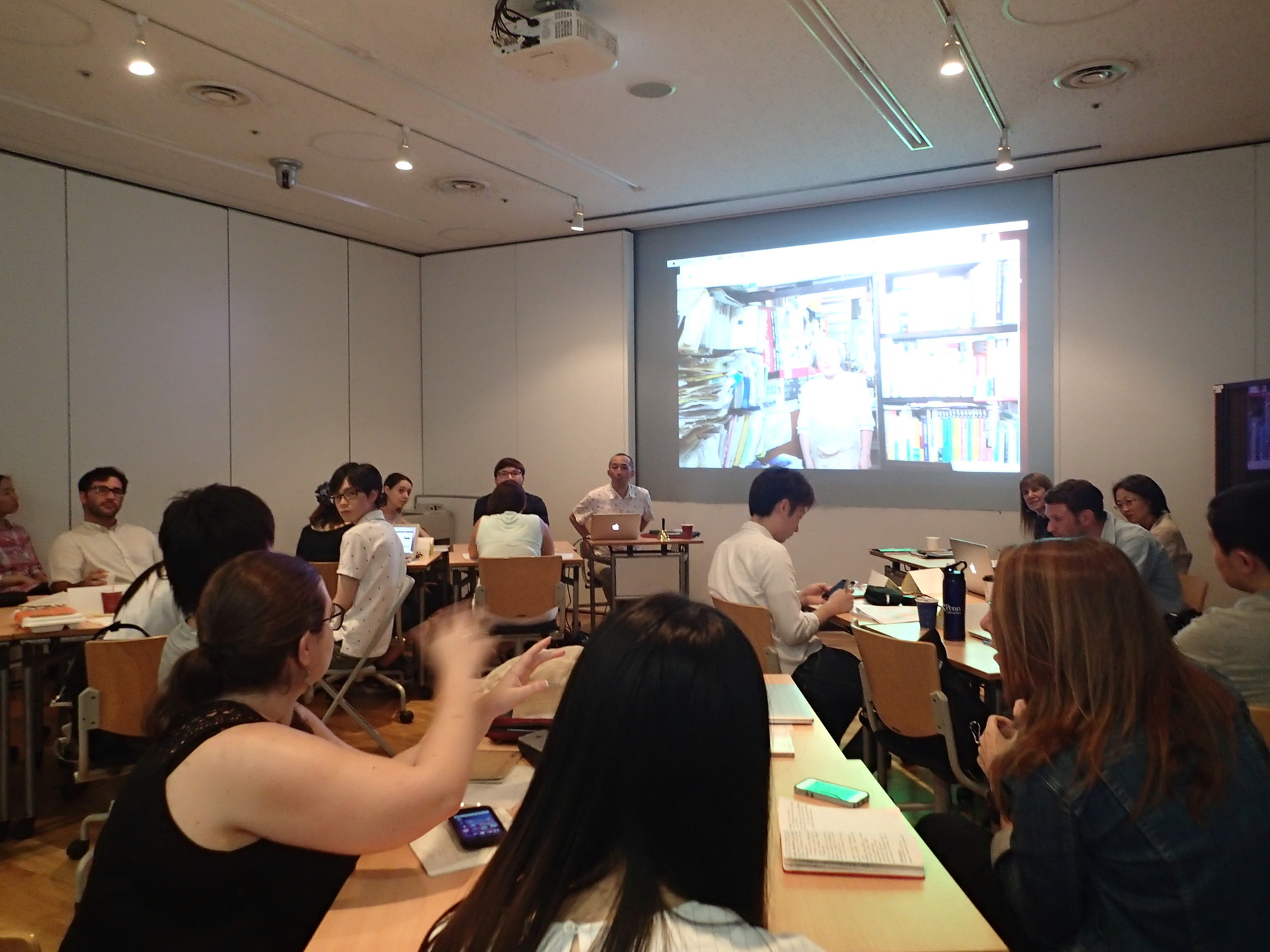
On the other hand, some lectures on popular culture, the area I am currently studying, provided me with some different angles to consider the relationship between popular culture and society. The lecture by Prof. Yuko Itatsu provided me with a perspective to see how popular culture is linked with international politics. She used the case of screening of Hollywood movie in Japan as an example to demonstrate the underlying politics in the cinema industry. By giving the example of the boycott of Hollywood movie by the industry in Japan after the 1923 Kanto Earthquake and its failure by day 10 of the boycott, Prof. Itatsu showed us the domestic resistance of Hollywood from an industry level but the demand and negotiation from a consumer level. Ending her lecture with the question of “consumer vs. citizen”, Prof. Itatsu provided me with a perspective to rethink my own research about the Chinese consumers of Japanese popular culture. The lecture by Prof. Akiko Sugawa on the changing narratives of female figures in the history of Japanese anime was also very intriguing. For her, the fighting girls and magic girls (shojo) not only indicated women’s preference for Western lifestyle but also served as a way for women to emancipate themselves from the established gender role in the Japanese society. This gender perspective is also relevant in understanding the construction of “fantasy” in transnational fandom and hence beneficial to my own study.
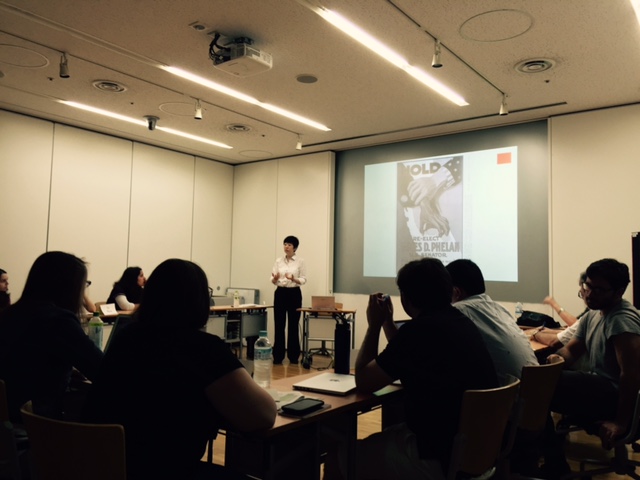
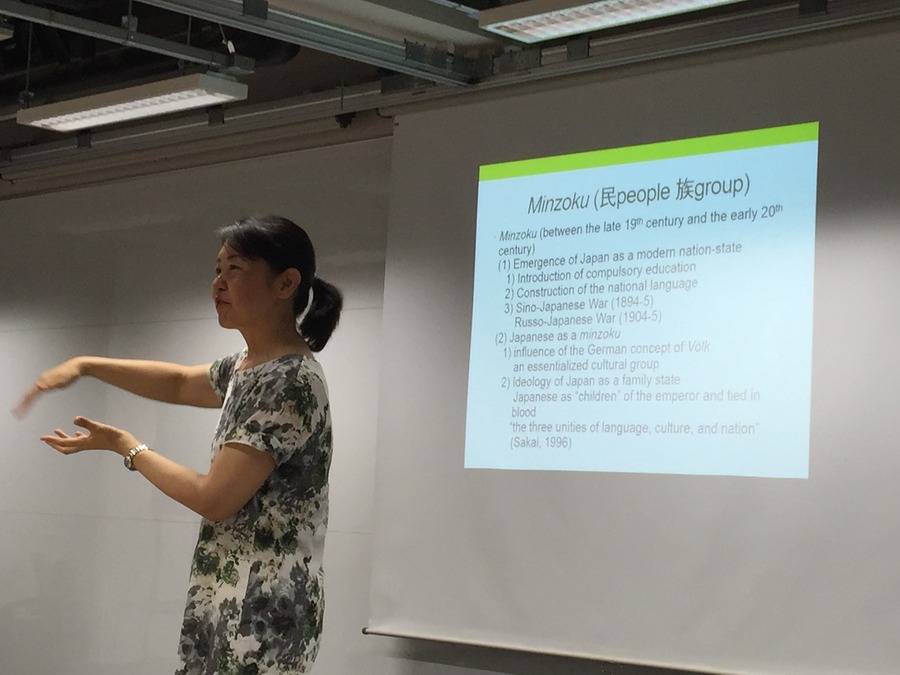
Another merit of the SummerCulture 2016 program is the background diversity of participants. With the participants from different cultural settings and research interests, I was able to talk to them, exchange ideas with them and enrich my own knowledge. During the SummerCulture program I had several in-depth conversations with the participants from the University of Pennsylvania. One of the conversations that left me a deep impression was a talk I had with a UPenn student who came from Europe. I was startled when I find out we have totally different perception on whether Japan is an innovative country or not. During the talk me and another UTokyo student both considered the structure of Japanese society is to some extent rejecting change and hence inhibiting innovation from a fundamental level. However, the student from UPenn considered Japan as a quite innovative country – with all the cutting edge technology in robotics and electronic devices, they perceive Japan as a highly innovative society. The difference in the perceptions may came from the different perspectives we were having: the technological or industrial perspective of the UPenn student and our societal or structural perspective. But more importantly, this discrepancy in perception was a result of our ignorance of their unfamiliarity with Japan. While their image of Japan mostly came from media, our perception of Japan was from our own experience and interactions with people living in here. This made me start to think of the importance of avoiding researcher’s subjective judgment in analyzing social issues. For something we were taken for granted by living in this societal setting may seem totally strange for people who came from a different culture and therefore lead to the inconsistency in understanding the issues. Hence as a researcher it is important for me to exclude my pre-knowledge and do not take anything for granted.
Moreover, the merit of the SummerCulture 2016 program also lies in the successful connection between theories and practice. From one side, a good portion of the lecturers came from professional arenas instead of academic sphere. Therefore, they could use their own professional experience to explain the inner dynamics of their industry. For example, the lecture given by Mr. Yosuke Fujiwara was an eye-opening experience for me. As the Executive Board Member of the Japanese Olympic Committee, Mr. Fujiwara introduced to us the economic and political impact of Olympic Games to a society. By showing us the economic legacies left by the 1964 Games on Tokyo and the political legacies left by the 2008 Games on China, Mr. Fujiwara eloquently illustrated his point by using his own working experience in Japan and China. Moreover, as someone who participated in the bidding process of the 2020 Games, Mr. Fujiwara also shared with us the characteristics and patterns of the cities which could win the bid, hence made us more informed with the underlying politics of Olympic Games.
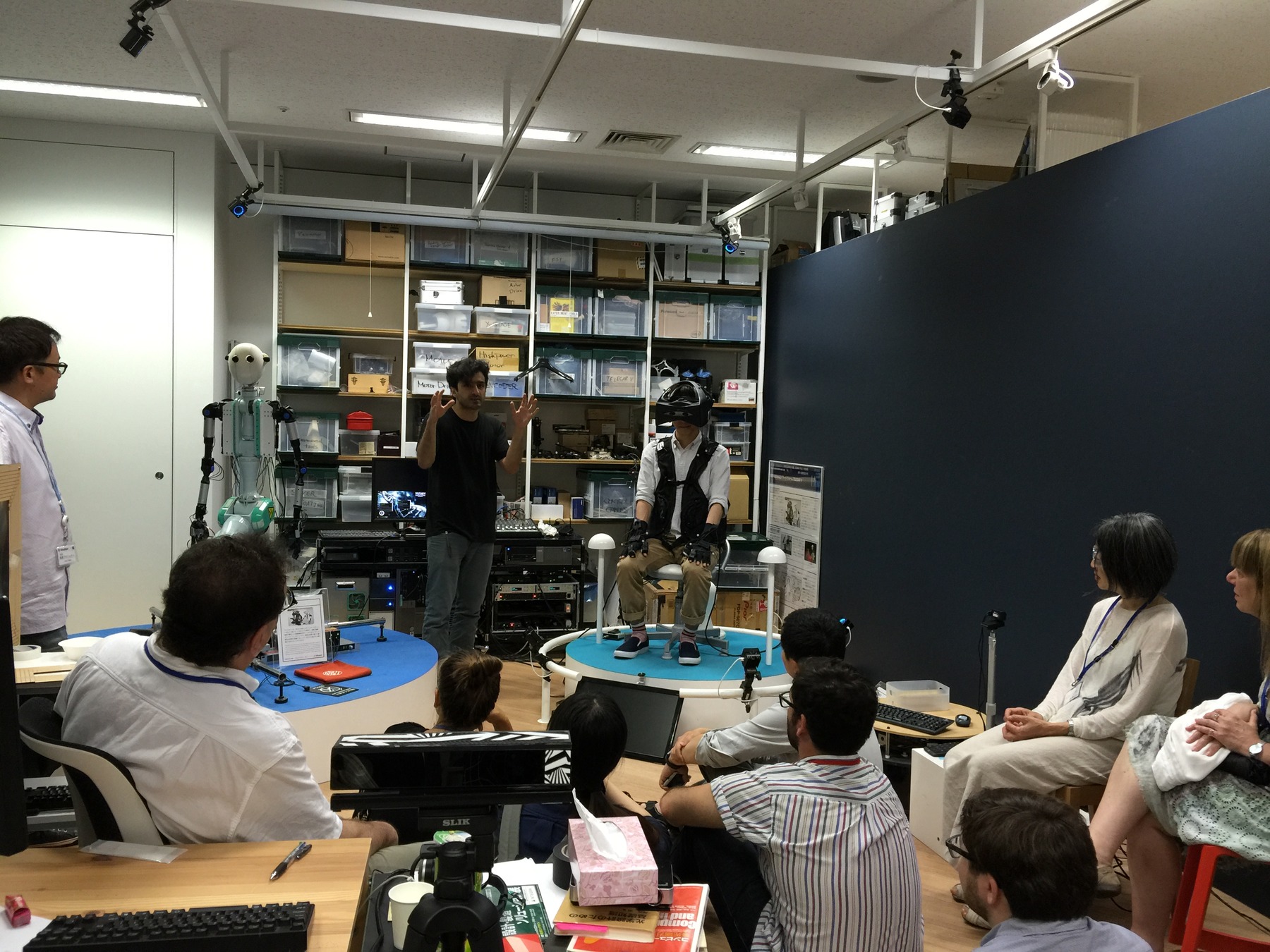
From another side, by combining the empirical researches with actual onsite excursions, the SummerCulture 2016 allowed me to see how social realities were reflected in academic researches. Altogether we had three excursions in Tokyo. The trip to the National Museum of Emerging Science and Innovation (Miraikan) gave us the opportunity to actually try the cutting-edge devices designed for augmenting human feelings. The lecture of Prof. Masahiko Inami , followed by the trip showed us how these technologies could be utilized in our everyday life. The tour and lecture at the Historical Sasaki House allowed us to revisit the lifestyles of the suburban middle class in Tokyo during the 1930s to 1960s. With her experience of living in this historical house, Prof. Masako Notoji explained to us how the changes of the house and its neighborhood reflected the changing realties of Japanese society. The trip that left me most impressed was the excursion to Yasukuni Shrine. Followed by the lecture given by Prof. Yaguchi on the debates and discourses over Yasukuni Shrine, we had a tour to Yasukuni and its museum Yushukan. As a Chinese I was always informed with the controversies over Yasukuni Shrine and always curious with the discourse of Yasukuni from the Japanese’s perspective. In China, all the WWII memorials are link to the “anti-Japanese theme”. With the Japanese militarists posed as the enemy and emphasis put on their brutality as well as on the heroic resistance from Chinese people, “peace” is constructed as the bittersweet exchanged by endless sacrifices of revolutionary martyrs who shed their blood. Therefore, it is difficult for me to understand Prof. Yaguchi’s point of “peace as absence of war”. However, when I was visiting the Yushukan I finally get to know the discourse on “peace” in Japan. Unlike the museums in China, there’s no presence of “enemy” in the museum. The absence of blood, battles, dead bodies depicts the concept of “peace”. Therefore, it was during the trip that I was able to understand the points made by Prof. Yaguchi at the lecture through my own experience – “peace” in Japan is constructed as “absence of war”.
In conclusion, I would really like to thank Project 4 and all the member involved for giving me this wonderful opportunity to learn, to communicate, and to experience. The broad range of topics covered by the lectures offered me a great platform to integrate all the new knowledge with my own research. The diverse background of the participants allowed me to exchange my opinion with them and to realize my own weakness in doing my own research. The lectures by professionals and excursions all gave me a chance to see how theories and researches reflect reality. SummerCulture 2016 not only enabled me to see the core issues, values and problems of contemporary Japanese society, but also to some extend helped me figured out where and how I want to place myself as a researcher, which I consider as a treasure of lifetime.
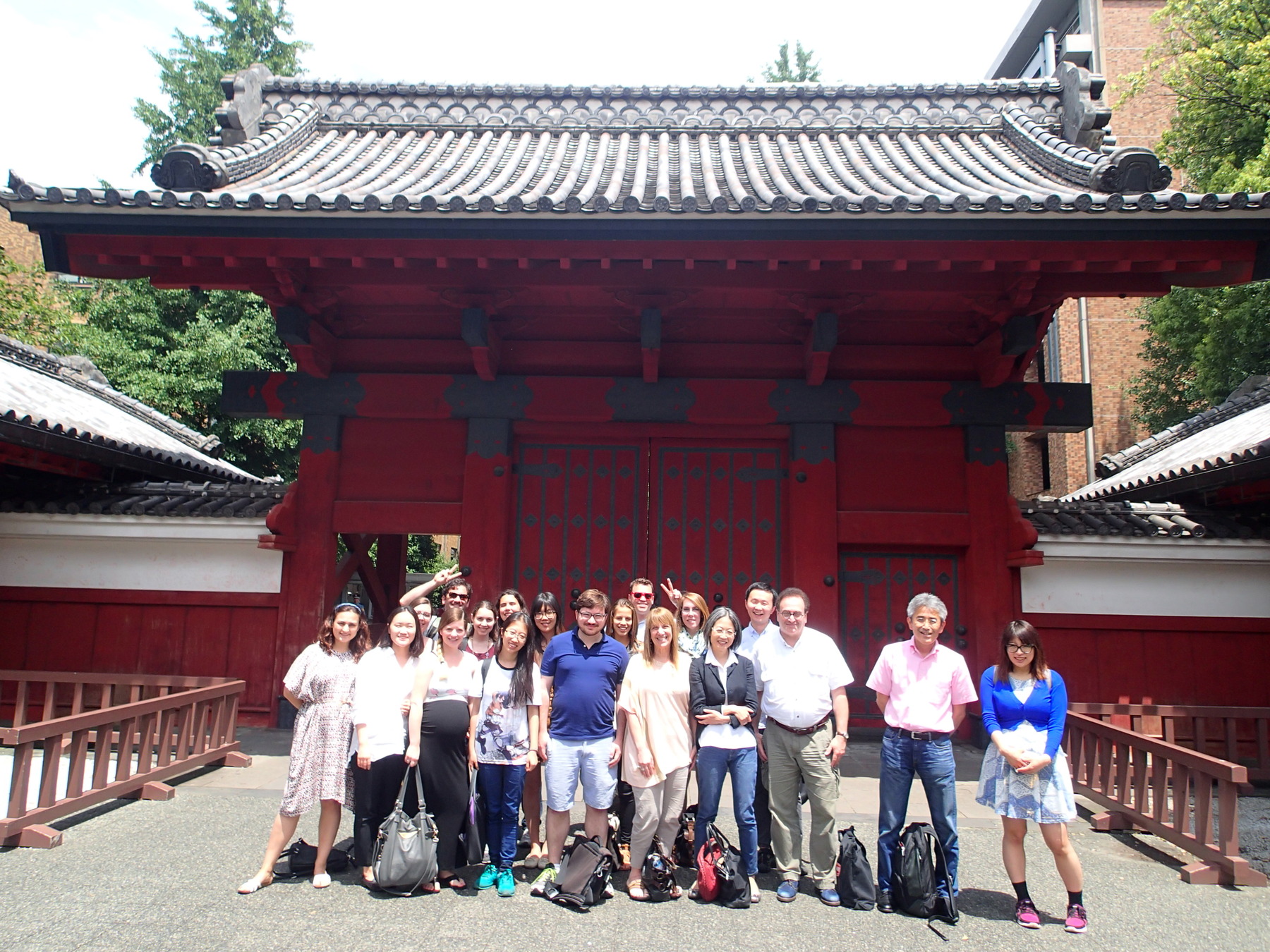
報告日:July 4, 2016


